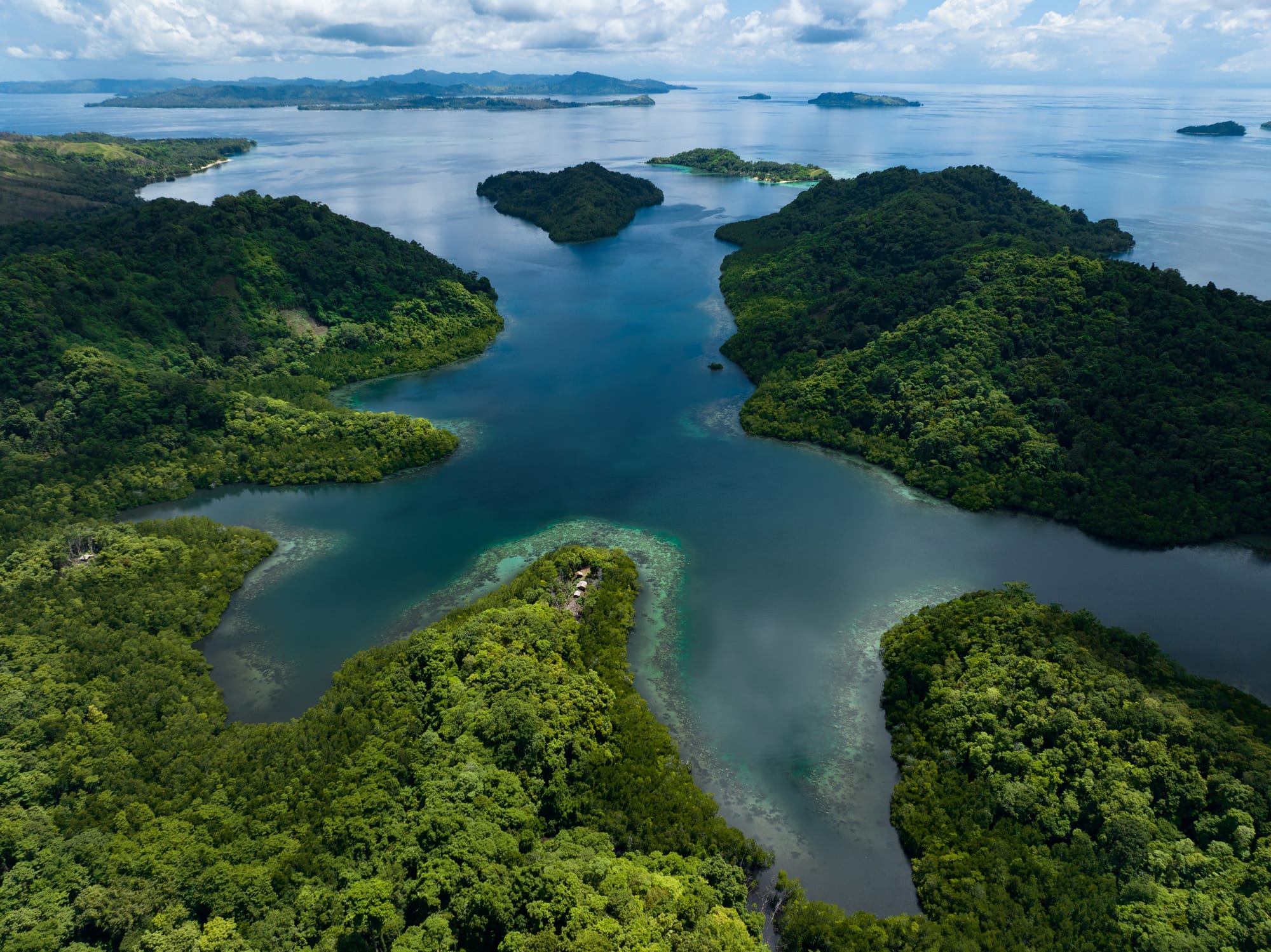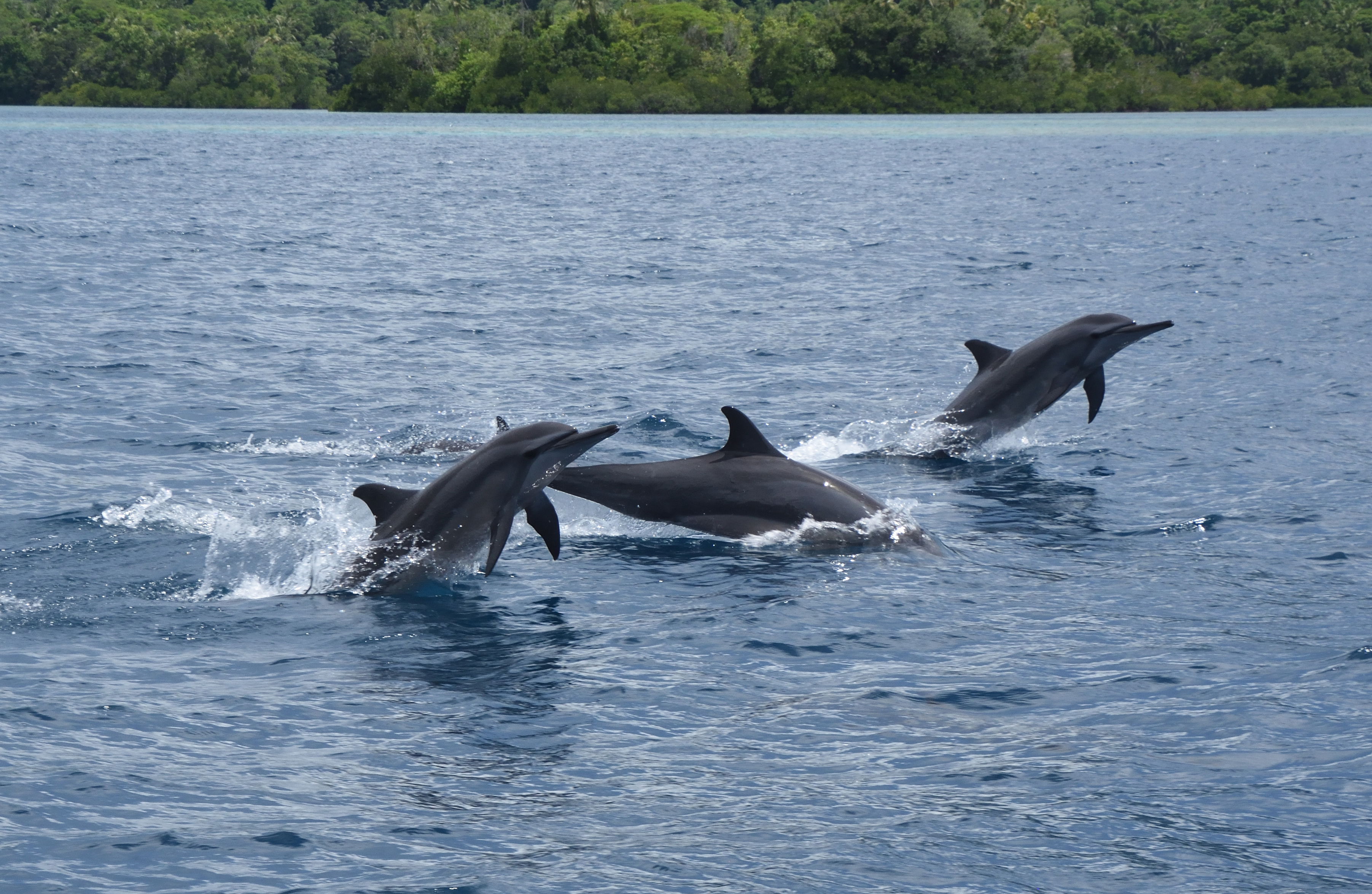6. Top performer in environmental sustainability

The Solomon Islands is deeply committed to safeguarding its rich natural environment, with extensive forest coverage, unique biodiversity, and world-renowned conservation sites. The country prioritizes climate action, sustainable resource management, and green development, positioning itself as a trusted partner for environmentally responsible investment.
- Low greenhouse gas emissions: The Solomon Islands emits only 0.9 t CO₂e per capita, placing it far below global averages—9.1 for East Asia & Pacific, 6.4 for Pacific island small states, and 6.4 for the world in 2023. This highlights the country’s minimal carbon footprint and strong foundation for climate leadership.
- Extensive forest coverage: With 90.1% of its land area covered by forests, the Solomon Islands is one of the most forested nations in the Pacific. This coverage is substantially higher than the Pacific small states average of 68.7%, the world’s 31.1%, and East Asia & Pacific’s 27.2% (2022), underscoring its vital role in carbon sequestration and biodiversity protection.
- Protected natural areas: The country has designated 2.4% of its terrestrial area and 0.1% of its marine zones as protected, reinforcing its commitment to conservation and ecosystem resilience while supporting long-term sustainability goals.
- Strong environmental performance: Ranked 6th in the Pacific in the Environmental Performance Index (EPI 2024), the Solomon Islands demonstrates strong results in climate change mitigation and air pollution control, ranking 2nd only to Vanuatu and the Marshall Islands in these areas.
- UNESCO World Heritage Conservation: East Rennell, the world’s largest raised coral atoll, is recognized for its rich biodiversity and endemic species. This UNESCO site reflects the Solomon Islands’ global significance in conservation and its dedication to safeguarding fragile ecosystems.
(*) Excluding LULUCF - Source: The World Bank Database (https://databank.worldbank.org/source/world-development-indicators#) - https://whc.unesco.org/en/list/ - https://epi.yale.edu/downloads/2024-epi-report-20250106.pdf
